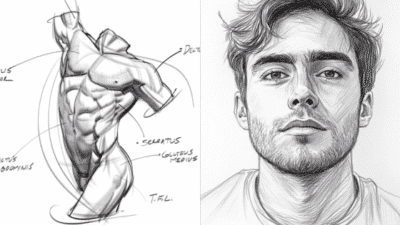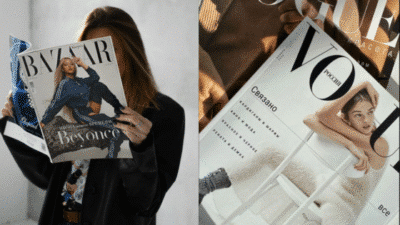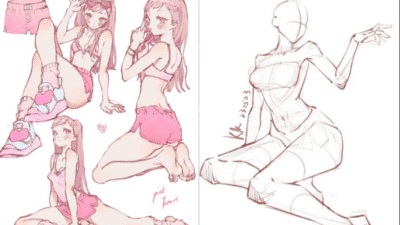Contemporary art is always changing, reflecting the world around us. Today, artists are focusing on themes like sustainability, technology, and social justice. These trends show how art connects with current events and global concerns.
The most important trends in contemporary art today include a rise in eco-friendly practices, digital art like AI and NFTs, and a renewed interest in traditional techniques mixed with modern ideas. These directions help shape the art world and what people see in galleries and online.
People also notice how emotional expression and diversity play bigger roles in art. With new tools and fresh viewpoints, artists are discovering exciting ways to share stories and ideas that matter now.
Defining Contemporary Art
Contemporary art reflects current ideas, technology, and social issues. It changes over time and includes many different styles and methods. Artists today use diverse materials and focus on topics relevant to the world now.
Key Features of Contemporary Art
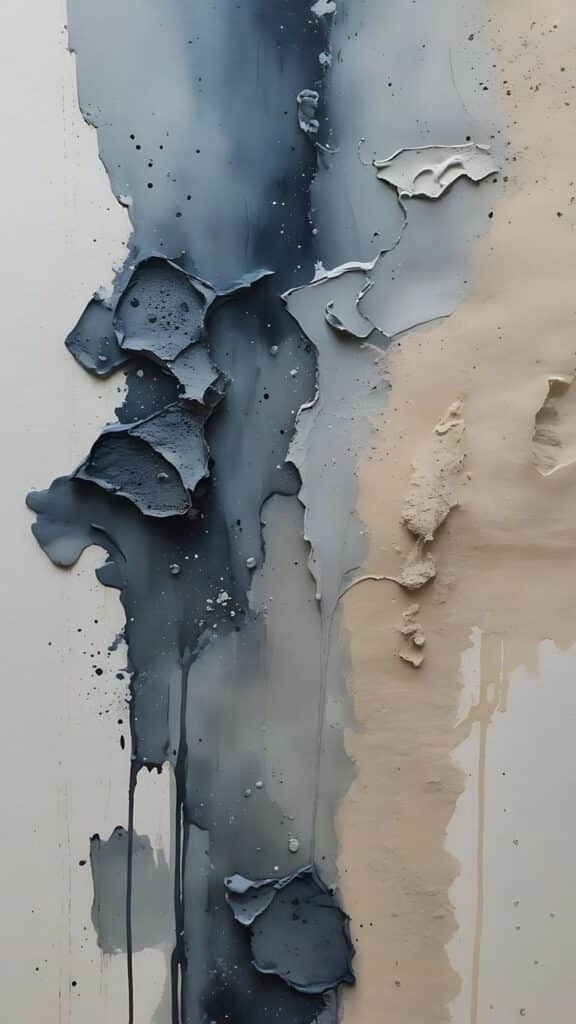
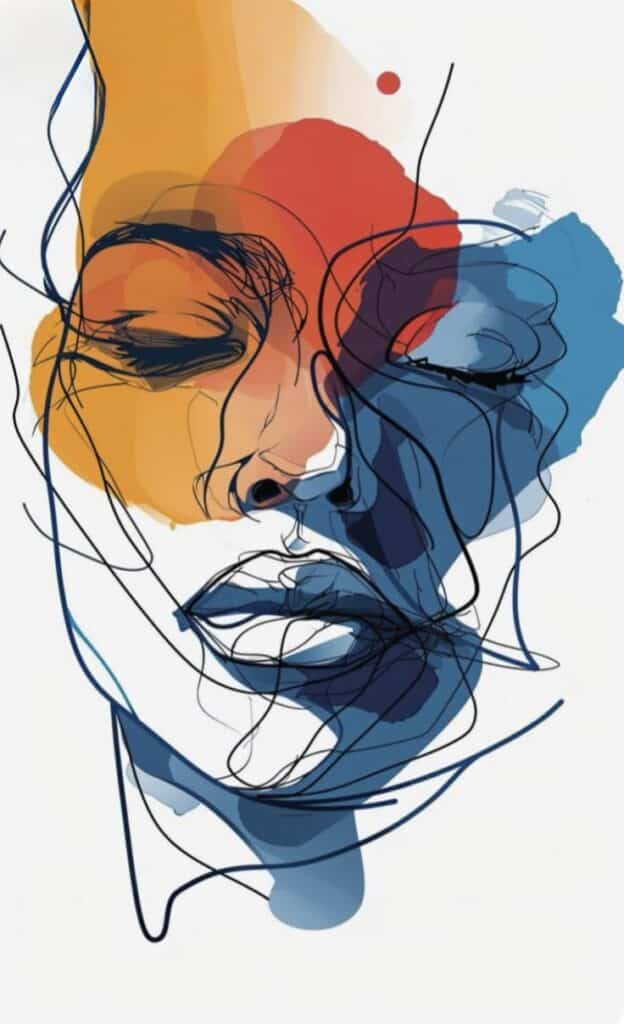
Contemporary art is made from the late 20th century to today. Artists use many materials like paint, digital tools, performance, and sculpture. It often addresses social and political issues, such as identity, environment, and technology.
It breaks traditional art rules by mixing styles and experimenting. Artists focus on process and meaning, not just final appearance. Technology, like AI and virtual reality, are common tools. Audience participation and collaboration are also important parts.
Differences From Modern Art
Modern art covers mainly the late 19th to mid-20th centuries. It focused on breaking away from realism and exploring new techniques like abstract forms. Contemporary art builds on this but deals more directly with current events and ideas.
While modern art emphasized innovation in style, contemporary art often questions what art means. It is less about a single style and more about diversity and concept. The boundaries between art and life are more blurred today.
| Feature | Modern Art | Contemporary Art |
|---|---|---|
| Timeframe | Late 1800s to mid-1900s | Late 1900s to present |
| Focus | Style innovation | Social issues, new media |
| Techniques | Painting, sculpture primarily | Digital, performance, mixed |
| Approach | Formal experimentation | Concept and process focused |
Notable Movements and Styles
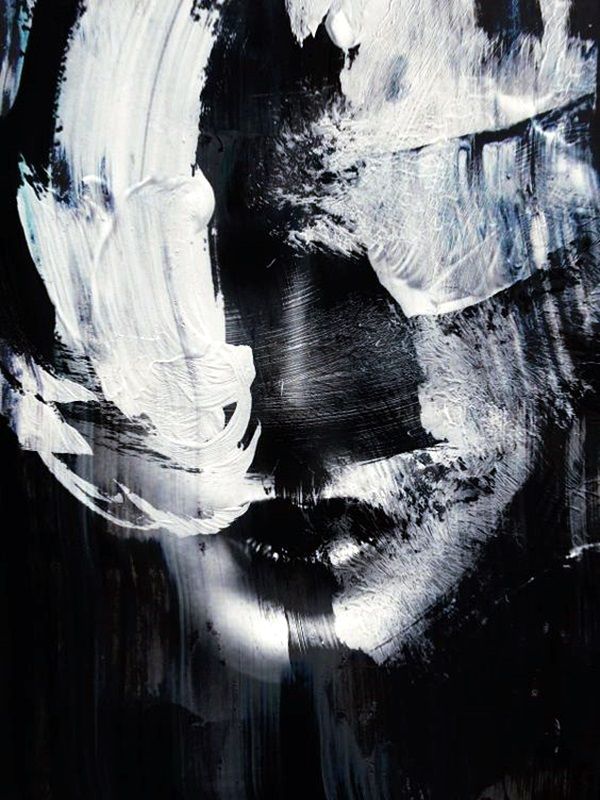
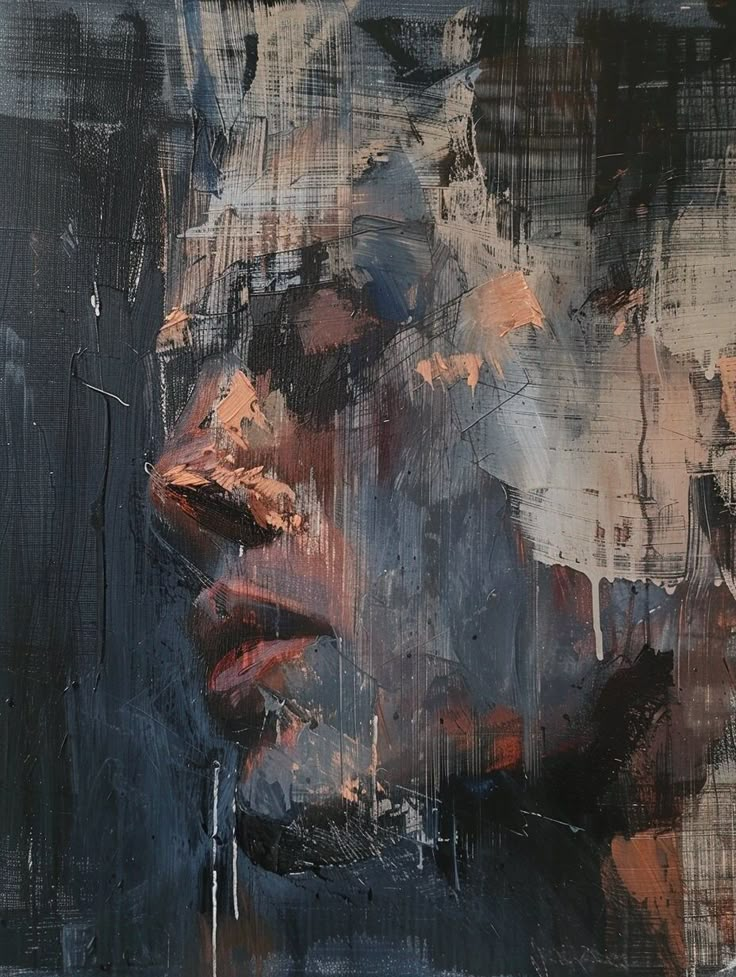
Contemporary art includes many movements. Some notable ones are Abstract Expressionism, which uses color and form to express emotion, and Digital Art, which uses computers and software.
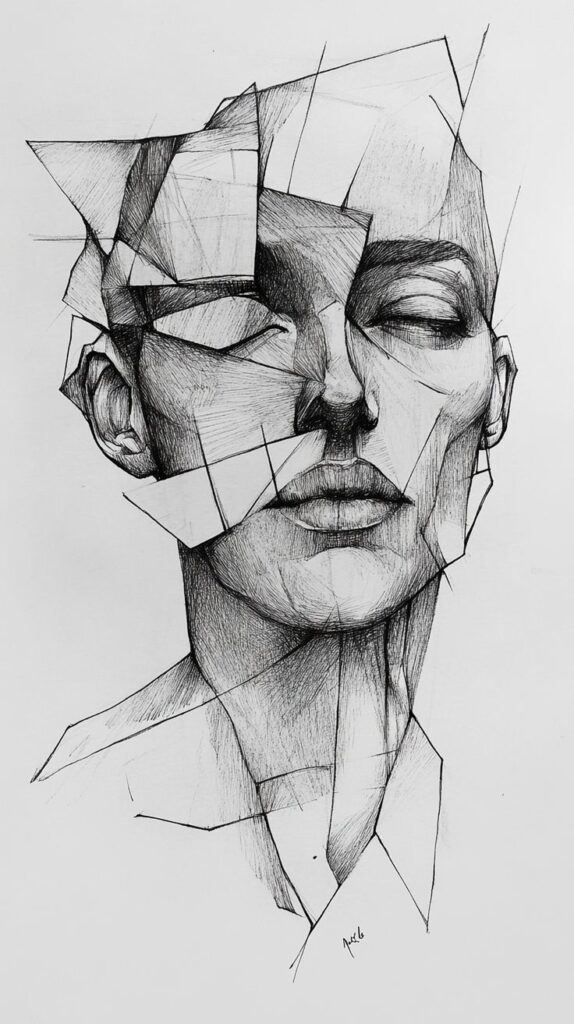
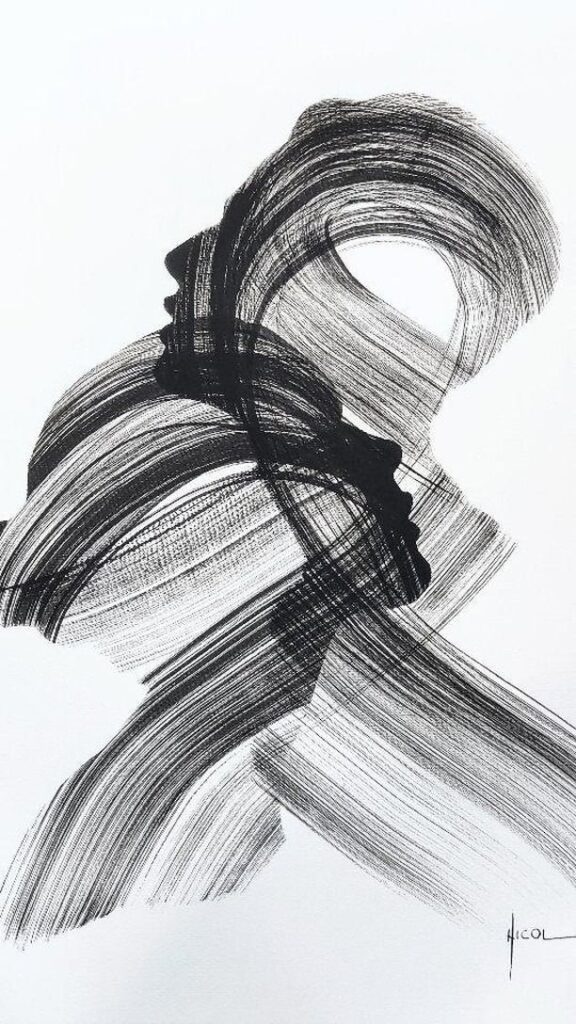
Other styles include Conceptual Art, where the idea is more important than the object, and Performance Art, involving live actions by the artist. Sustainability and social justice have inspired eco-art and activist art as well.
Artists often combine styles or invent new forms, reflecting the complex world today. This mix keeps contemporary art fresh and relevant.
Emerging Trends in Contemporary Art
Contemporary art is changing fast, with artists using new tools and ideas to shape their work. More artists focus on technology, the environment, and the world around them, creating art that connects with today’s biggest issues.
Digital and New Media Art
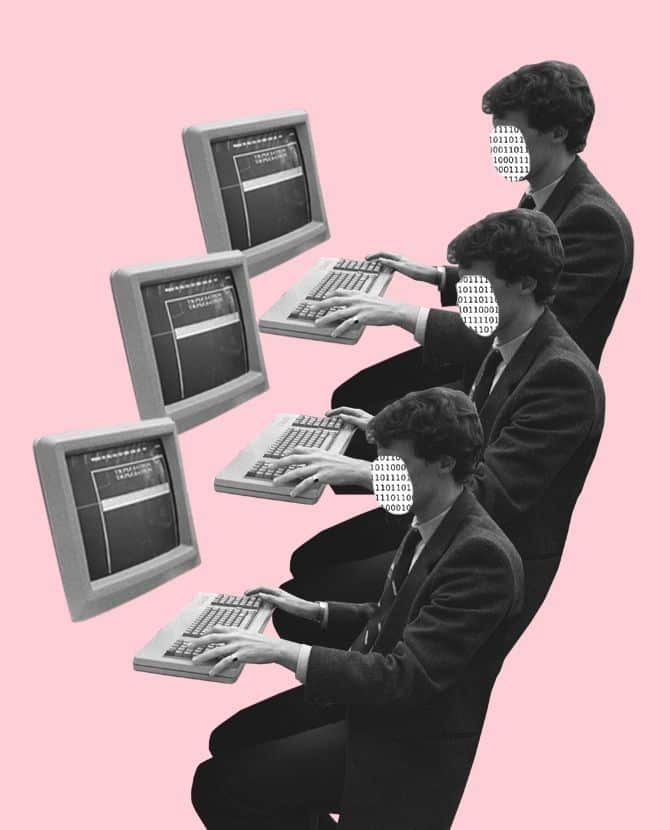
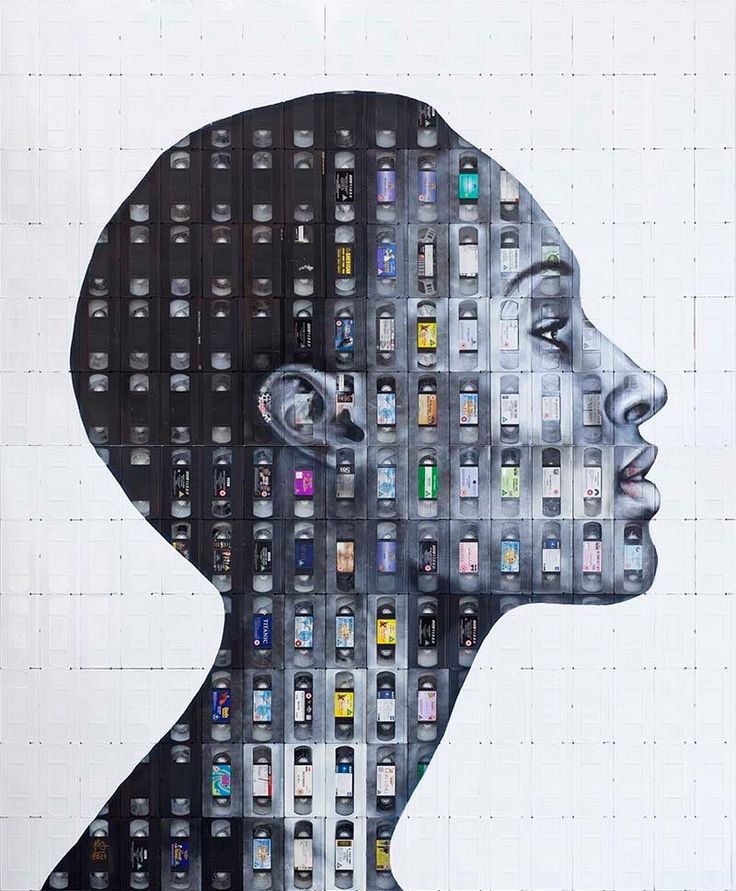
Digital art is growing quickly. Artists now use computers, software, and AI to create works that were impossible before. This includes generative art, where algorithms guide the design and form.
Virtual reality (VR) and augmented reality (AR) also allow viewers to experience art in new ways. These technologies add layers of interaction beyond traditional painting or sculpture.
Many artists combine digital tools with physical objects, blending the real and virtual. This trend is opening up fresh ideas and styles, making art more accessible and interactive.
Sustainability and Eco-Conscious Practices
Artists are paying more attention to the environment. Using recycled or natural materials is becoming common, reducing waste in the art world.
Some create works that raise awareness about climate change, pollution, or nature’s beauty. These pieces often encourage viewers to think about their role in protecting the planet.
Eco-friendly art also includes sustainable production methods. Using less harmful chemicals, promoting local materials, and avoiding plastic are some examples.
Many in the art community see sustainability as a responsibility and a way to inspire positive change.
Social and Political Engagement
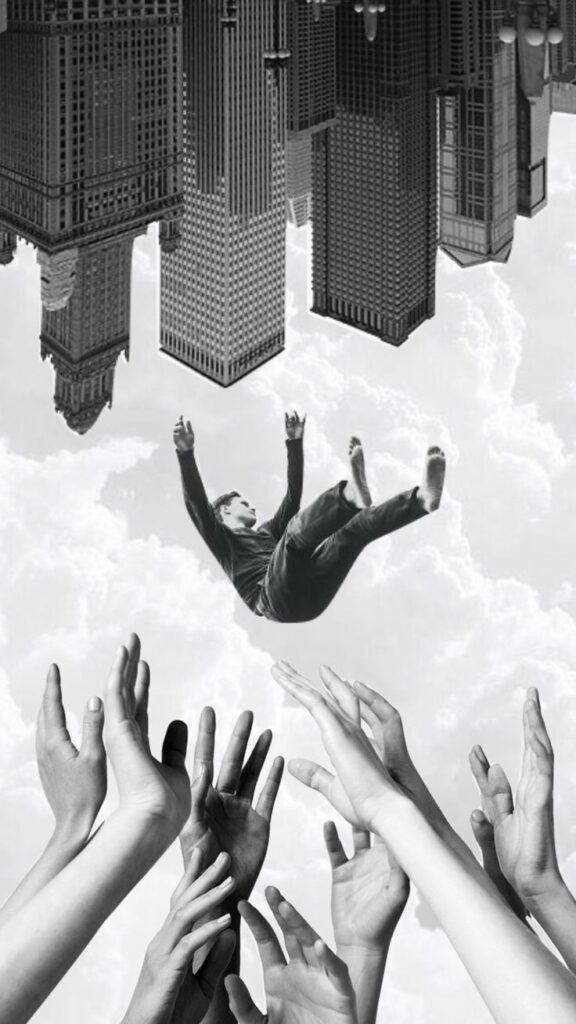
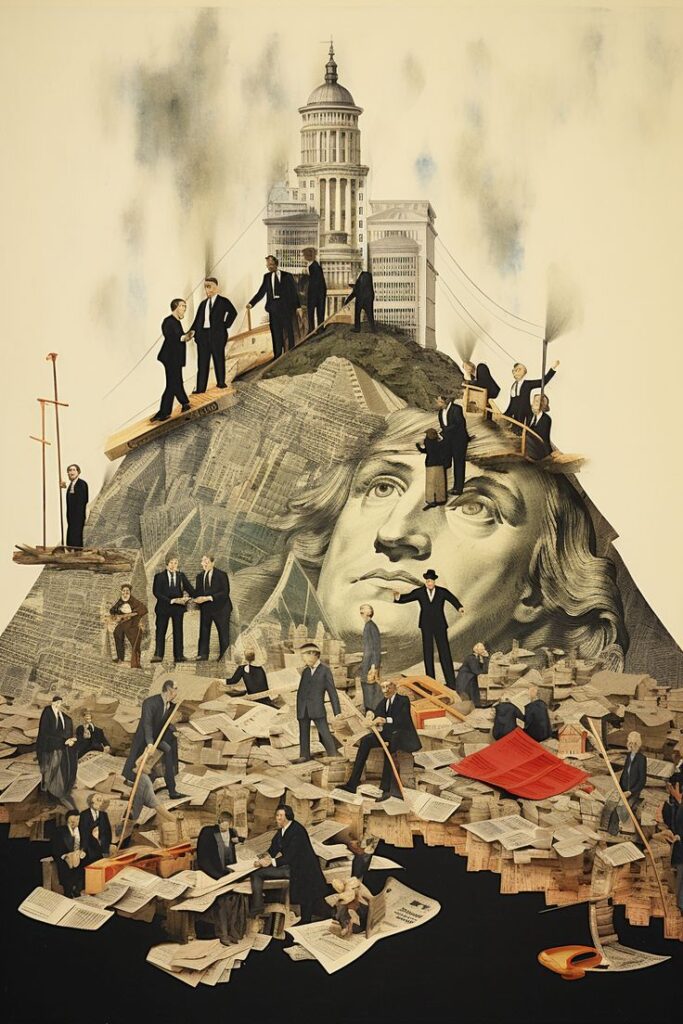
Art is increasingly used to address social and political issues. Artists speak out about identity, inequality, justice, and human rights through their work.
They often include diverse voices, focusing on underrepresented groups. This gives a platform to topics like race, gender, and migration.
Artworks might take many forms, from street murals to installations that invite public interaction. The goal is to spark conversation and raise awareness.
This engagement shows how art can be a tool for change and connection in today’s society.
Influence of Technology on Artistic Expression
Technology has changed how artists create and share their work in many ways. New tools help artists explore ideas and express themselves in ways that were once impossible. These changes affect the style, process, and experience of art.
AI and Machine Learning in Art
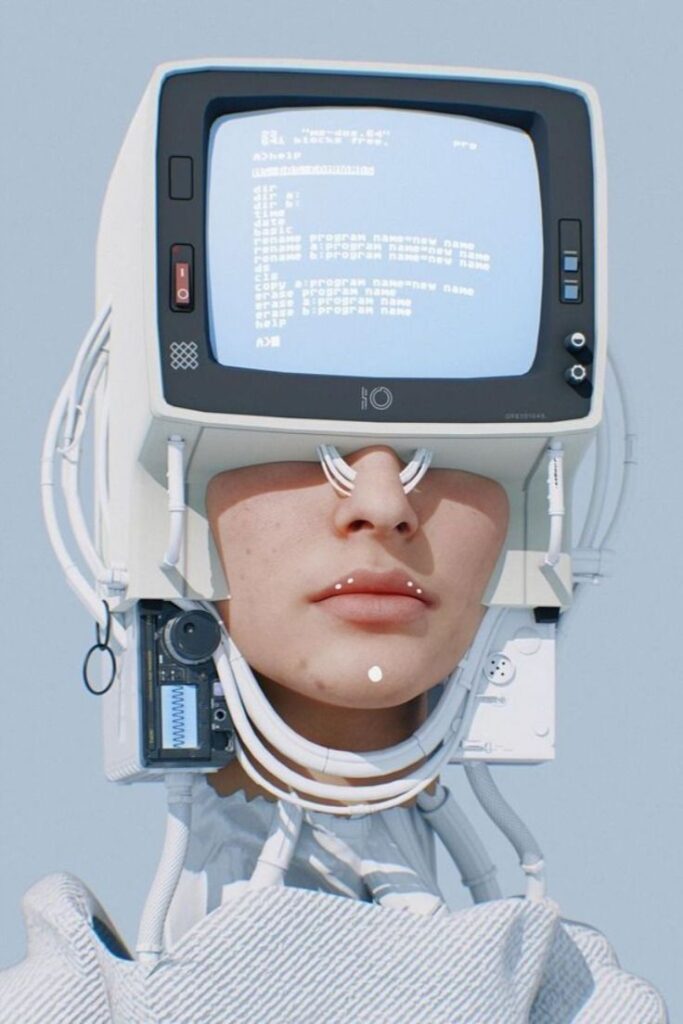
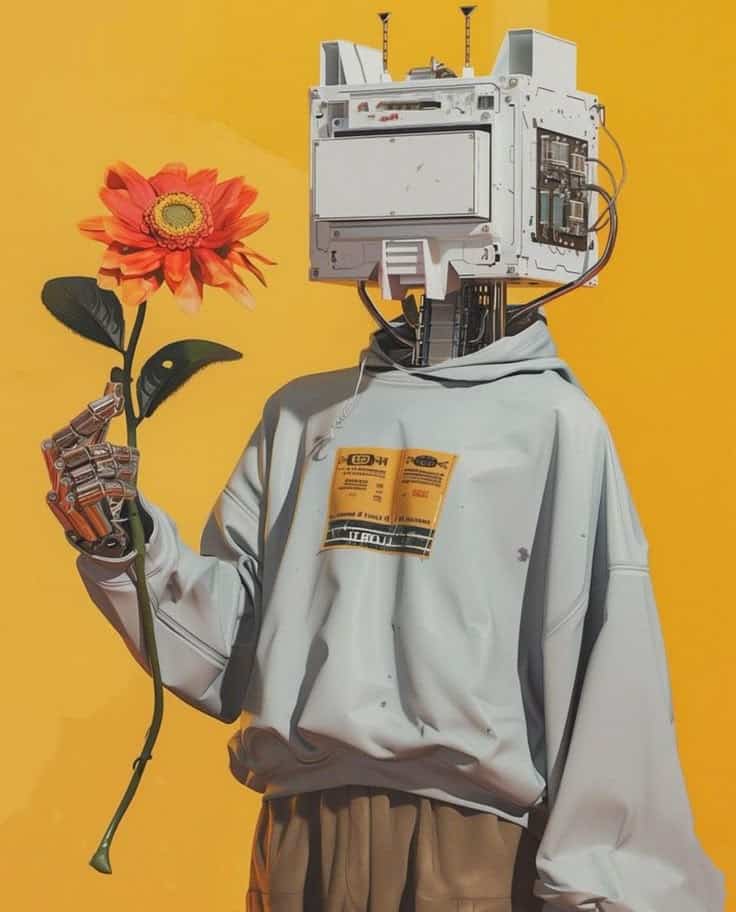
Artists now use AI and machine learning to develop new kinds of art. These technologies can analyze large sets of images and data, helping artists create patterns or variations that a human might miss.
AI tools can generate paintings, music, or poetry based on the artist’s input. Some artists use AI to experiment with styles or to complete parts of their work. This can speed up the creative process and open new possibilities.
AI art can also challenge ideas about authorship because the final piece results from both human and machine effort. This raises questions about creativity and originality.
Virtual and Augmented Reality Experiences
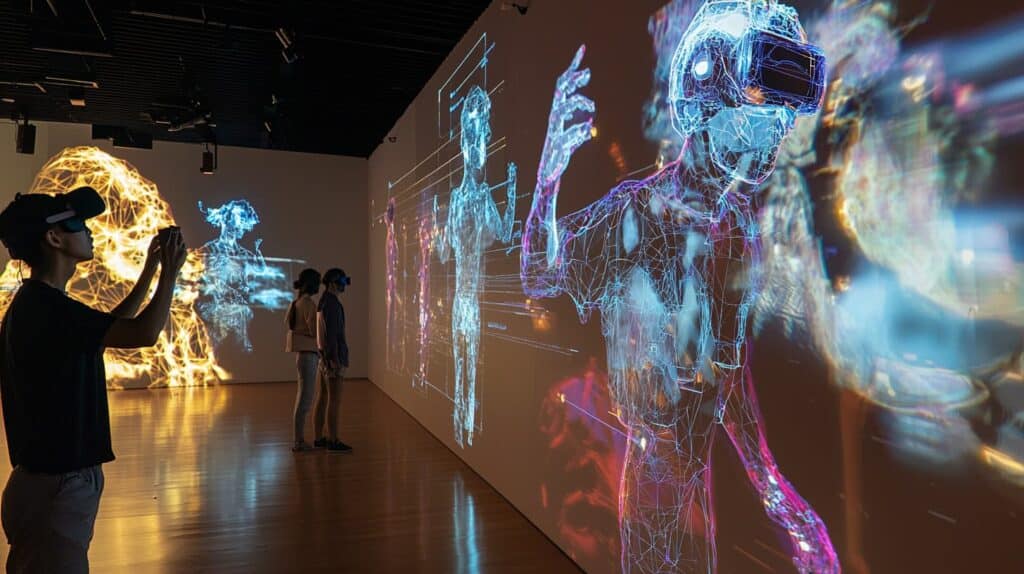
Virtual reality (VR) and augmented reality (AR) offer immersive ways to experience art. VR creates a fully digital space where viewers can explore artworks from different angles and even interact with them.
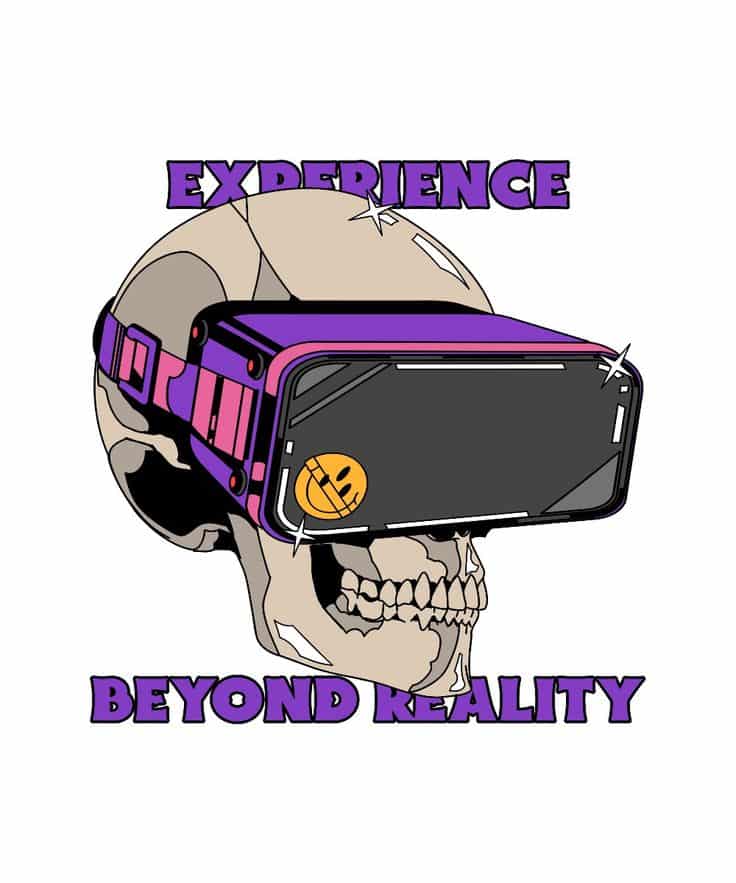
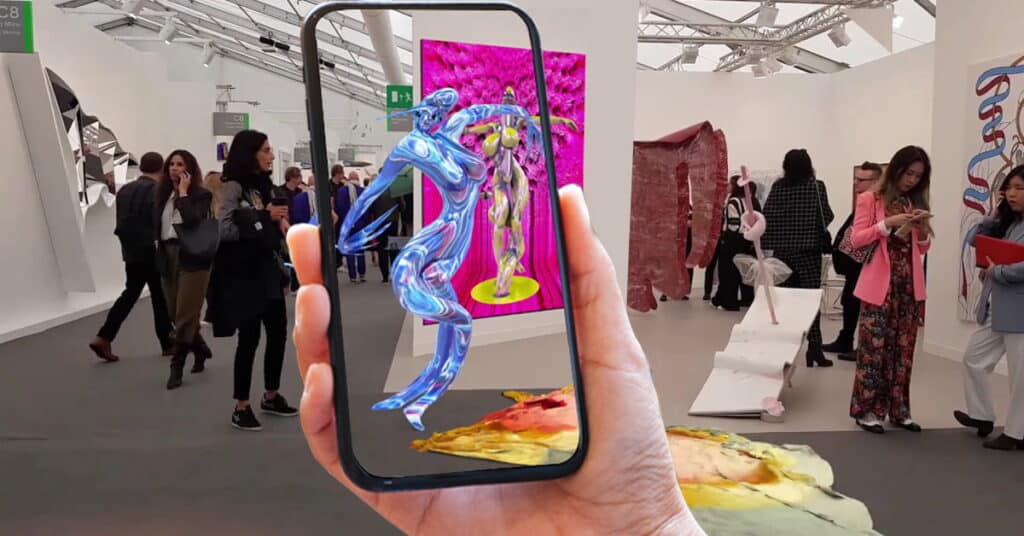
AR layers digital images on the real world using smartphones or glasses. This lets artists add digital elements to physical spaces or objects, creating new kinds of mixed-reality experiences.
These technologies allow for personalized and interactive art. They change how people engage with art, making the experience more dynamic and often more memorable.
- 309shares
- Facebook0
- Pinterest309
- Twitter0
